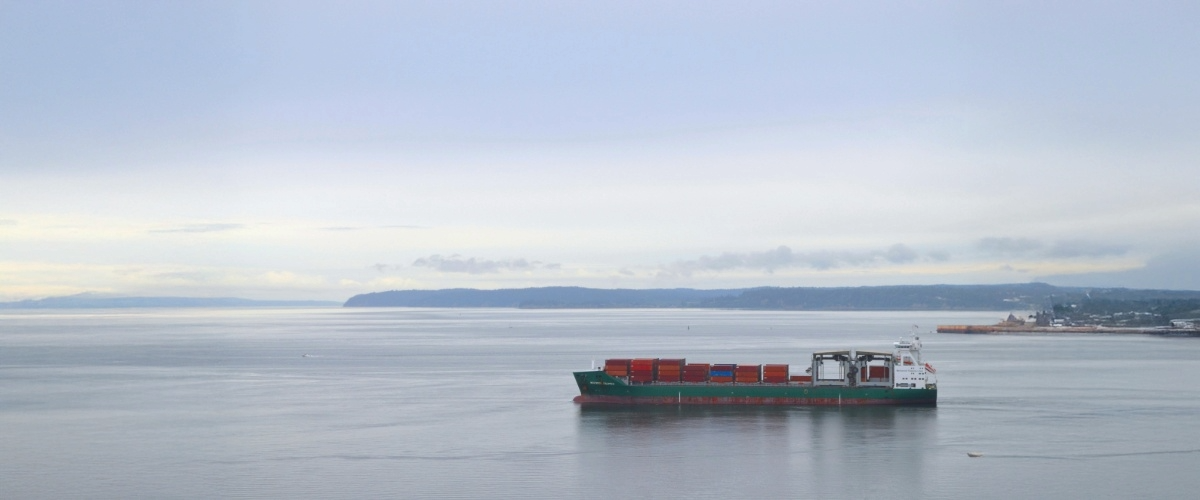While international trade amongst geographically distant nations has thrived since ancient times, its extent was generally determined by the presence of safe and reliable transport routes and the strength of bilateral relations.
In the 20th century, after witnessing the devastation wrought by the Second World War, countries started prioritising peace and friendly relations, which in turn boosted international trade. The end of the Cold War gave further impetus to this trend, as the dissolution of antagonistic military groupings paved the way for even greater cooperation between countries in the Western and Eastern hemispheres.
The positive effects of these geopolitical events were supported by the formation of global trade agencies, whose objective was the furtherance of international cooperation and trade amongst nations, through the elimination of trade barriers and the creation of a level playing field which enabled all countries involved to participate.
Initiatives and agreements such as the GATT (General Agreement on Trade and Tariffs), which was succeeded by the WTO (World Trade Organization), have as their core objective the facilitation of trade amongst member countries by minimizing tariffs and other trade barriers. In the WTO, members have committed to lowering tariffs and operating a non-discriminatory trade system, which has boosted international trade.
Besides, countries across the globe are attempting to integrate themselves into the global market in order to reap the consequent economic and social benefits. They are doing this by forging commercial relations with other countries and regional trade blocs and manifesting in forms of Bilateral Agreements, Free Trade Agreements, and Regional Economic Communities.
Perception of Trade Compliance Being a Support Function
As a result of the economic cooperation and global integration, international trade has, to a great extent, been well-regulated, with an established framework for the promotion thereof and settling trade disputes.
Tariff rates levied by countries have also been relatively stable, with most countries attempting to strike an equitable balance between fostering international trade and protecting domestic industries. The international trade environment is thus largely stable, wherein exports and imports have flowed smoothly across international boundaries, with a relatively high degree of reliability and safety.
Corporations engaged in distribution across borders can trade beyond their national boundaries with considerable confidence, banking on stable tariff rates and the regulatory environment.
While the nature and geographical spread of their business activities mandated the creation of internal trade compliance departments, the stability in the international trade environment meant that trade compliance was largely a question of adhering to established rules and policies, complying with pre-defined trade compliance regulations, and a generally stable tariff regime.
Before the recent tariff volatility, the role of the compliance department was to ensure procedure and policy adherence once initial processes and workflows were set in place. By most in the organization, trade compliance was viewed as a support function at best,For example, trade compliance departments often illustrate specific instances where operational controls on goods and adherence to regulations are crucial for maintaining smooth international trade operations.
#Trumpontrade Compounds Post-COVID Volatility in Global Trade
The COVID pandemic and the subsequent disruption shook the foundations of the international trade systems and eroded their stability, as countries and companies started looking beyond established production hubs and consumption centres.
Procurement and sourcing trends such as nearshoring, friendshoring, China+1, and Alt Asia gained prevalence, as corporations endeavoured to strengthen the supply chain operations and make them resilient to future shocks by relocating manufacturing capacity, diversifying their supplier base, scouring for new markets, and boosting trade ties with politically aligned countries.
The latest variation to international trade has been in the form of Trump tariffs, which are intended to regulate imports from certain countries by imposing high reciprocal tariffs, and have the potential to upend trade patterns and alter EXIM cargo flows, impacting sourcing channels significantly. Countries have retaliated by levying counter tariffs and restrictions, and will ultimately be compelled to look for other trading partners, with a focus on regulatory scrutiny.
We are now witnessing an era of unprecedented volatility and a sharp increase in costs, tariffs, and non-tariff trade barriers, which have initially stymied global growth but have definitely exacerbated the complexity of international trade, especially for goods manufactured abroad that must adhere to export controls and import compliance.
Evolving Role of Trade Compliance Teams and Importance of Technology
In this volatile trade environment, importers and exporters have to exercise extreme care and diligence to ensure trade regulations and mitigate risks associated with non-compliance, while keeping abreast of almost daily tariff rate changes.
It is in this context that trade compliance teams have assumed greater significance, as they need to adapt to the incessant changes and navigate their organizations through this turbulent period. Trade compliance teams are now core to business strategy, as their effective functioning is vital for exporters and importers.
The role of trade compliance teams has evolved to incorporate adherence to the applicable laws of a greater number of jurisdictions that companies now operate in, monitor tariff rate changes at an individual component and SKU-level, advise on optimal sourcing locations and application of correct HTS codes, avoid tariff overpayments, and ensure smooth customs clearance. These efforts can safeguard a company’s reputation and enhance its relationships with customers, which are now more reliant on supply chain transparency and agility.
To be able to effectively manage this complexity, trade compliance teams need to deploy logtech solutions that simplify the end-to-end supply chain, through digitisation of documents, automating information sharing and work flows, eliminating documentary and procedural errors, accurately classifying goods and calculating the tariff payable, highlighting potential delays and lapses, and providing visibility across the transport process.
In this transformative journey, several importers have turned to KlearNow and its control tower product, KlearHub. Powered by the latest advances in AI and ML, KlearHub helps streamline the entire global trade process and transport movement, accelerates customs clearance, and provides an advantage over various services in the market today.
Click here to experience how KlearHub can help you sail smoothly to success.
Frequently Asked Questions (FAQs)
1. How does trade compliance help protect a company’s reputation in global markets?
Missteps in compliance — such as incorrect tariffs, delayed customs clearance, or regulatory violations — can damage customer trust and brand credibility. A well-functioning compliance strategy not only prevents costly mistakes but also signals reliability to partners and customers.
2. What are the key components of effective supply chain management in a volatile trade environment?
In today’s landscape, key components include proactive tariff monitoring, real-time visibility, automated compliance workflows, and integrated transportation and compliance data systems. These help companies respond to shifting regulations and maintain resilience across sourcing, shipping, and customs.
3. Why is supplier relationship management more important than ever post-COVID and post-tariffs?
As companies diversify sourcing through strategies like China+1 or nearshoring, managing supplier relationships is critical. A strong relationship helps navigate new compliance requirements, ensures documentation accuracy, and fosters alignment on rapidly changing trade policies.
4. How can trade compliance efforts improve quality across global supply chains?
Compliance teams help ensure that products meet regulatory and quality standards in every destination market. Their oversight reduces risk of rejected goods, mis-classifications or rework and enables consistent delivery of high-quality goods across borders.

